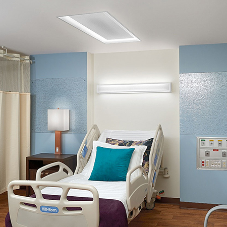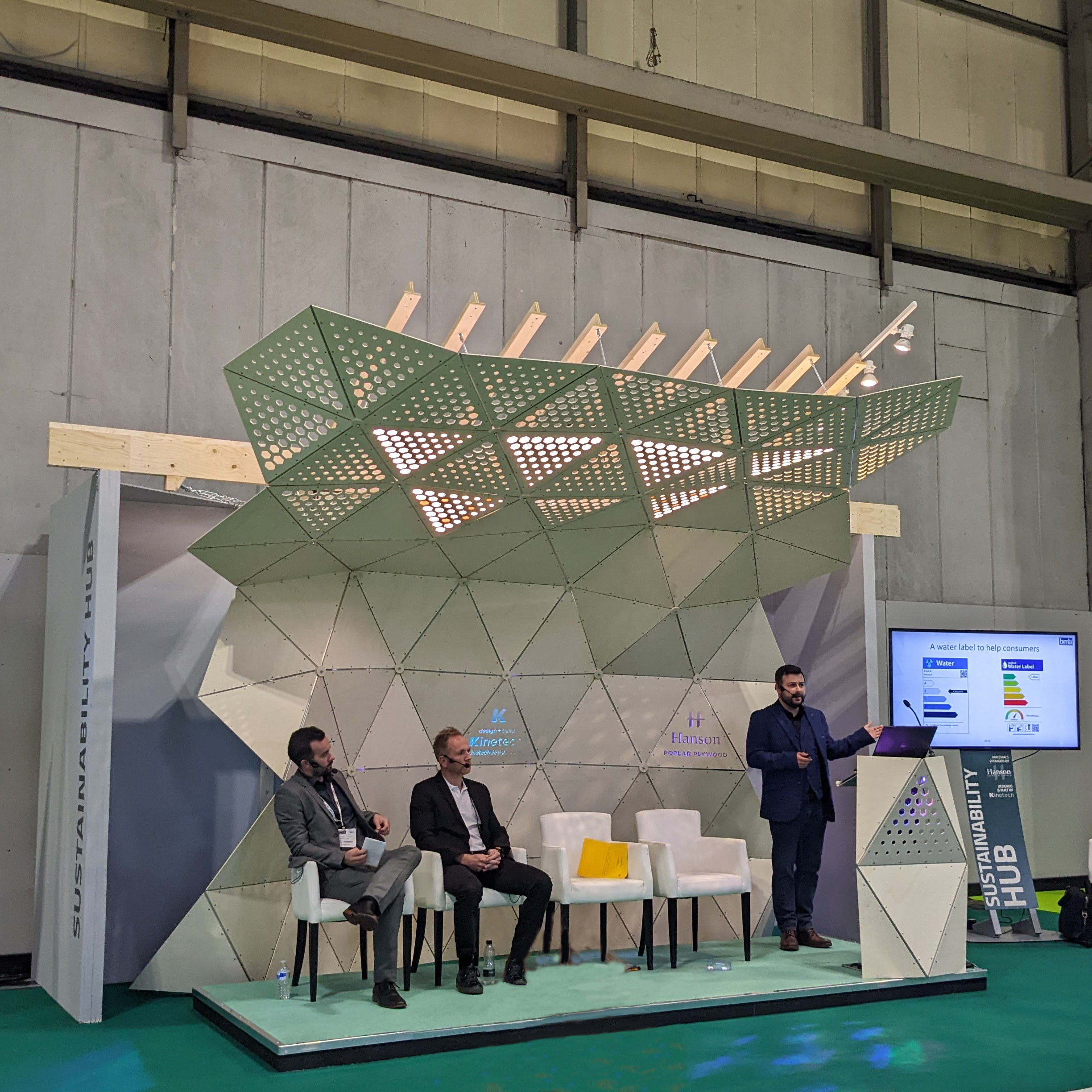The current economic and environmental climates call for the construction client to minimise cost and maximise sustainability. One way a client can ensure to fully consider both of these elements when taking on a project is to evaluate the building’s life-cycle costs.
The temporary construction solutions of previous decades are no longer viable and a shift to long-term thinking is now required for the client to achieve a cost-effective build before, during and after construction.
Life-cycle cost is the cost of a building throughout its life-cycle whilst fulfilling its performance requirements. These costs include:
•Procurement costs (including land acquisition, design, construction, equipment etc).
•Maintenance and refurbishment costs.
•Operational costs (including running costs and one-off costs associated with the project such as change management).
• Disposal costs.
Whilst pricing a build up until the end of construction can result in lower short term costs in can result in a high long-term cost. Whether this be through maintenance costs, operational costs or end-of-life costs.
To ensure a lower life-time cost the client should take in to consideration the durability and sustainability of products specified during the build. For example an energy efficient product is likely to save on operational costs where as a reusable or recyclable product will reduce disposal costs.
Cost-effective thinking can also result in a more sustainable and environmentally friendly asset as well as a building that runs more efficiently.
However, there are some disadvantages to this approach. Taking in to consideration the life-time cost of a construction project spreads the costs of the build over several years which could mean higher spending in the short-term. This isn’t always a viable option for small business owners.
And, in the end it is impossible to predict the future, life-cycle costing assumes that the performance of a product will remain the same across its lifetime and doesn’t take in to account the deterioration of a products effectiveness over time.
It also cannot account for raises in repair and operational costs.
However, the construction industry continues to develop more and more cost-effective and environmentally friendly solutions as the demand for greener buildings grows. Long-term thinking and life-cycle costing might well become the only way to approach a construction project to ensure a sustainable future.
What are your thoughts? Join our discussion on LinkedIn
Related Blog Articles



crop192.png)












